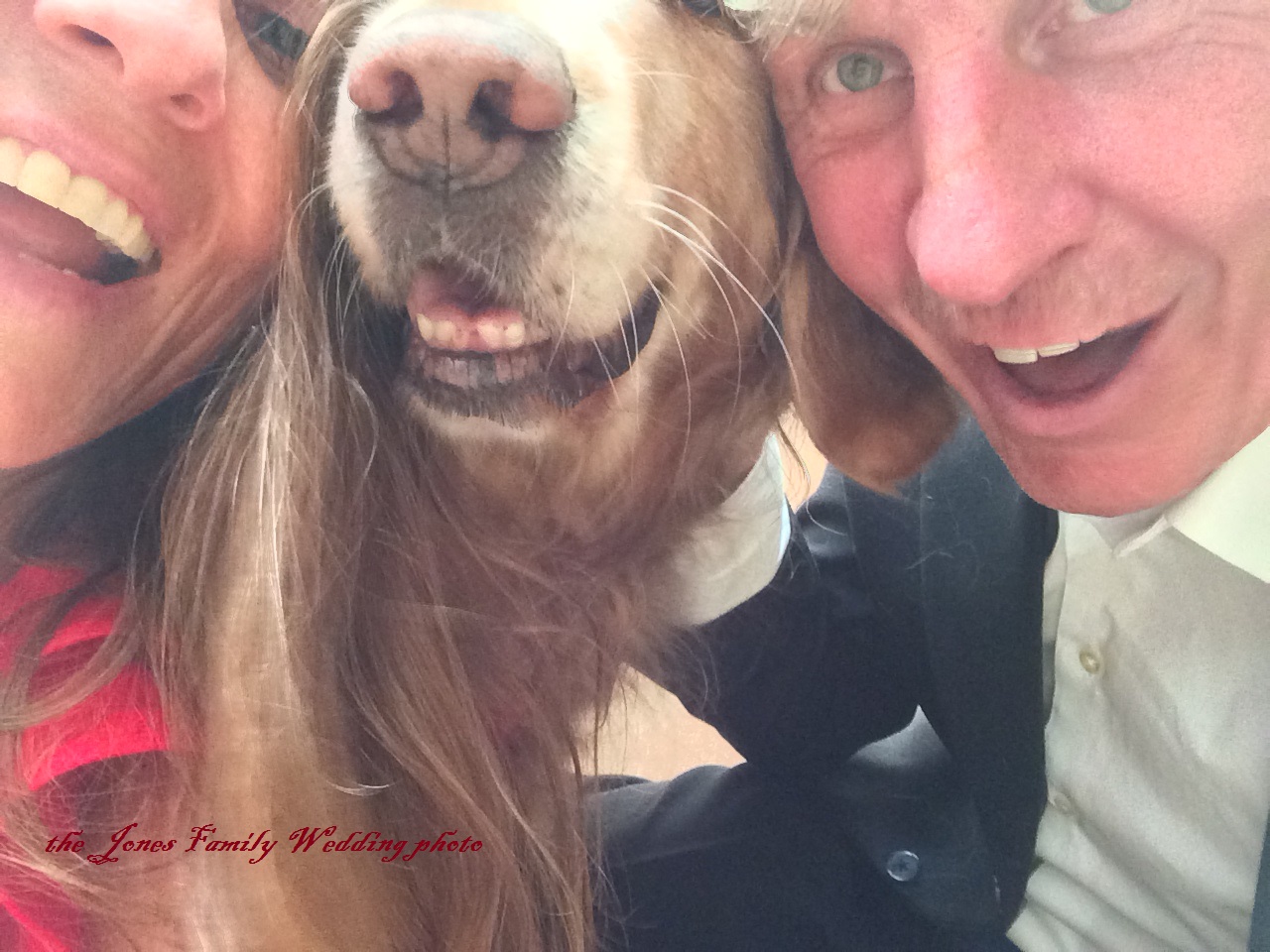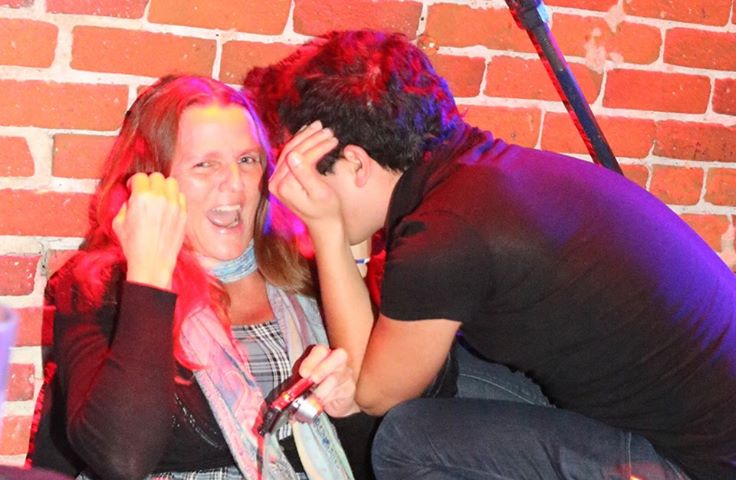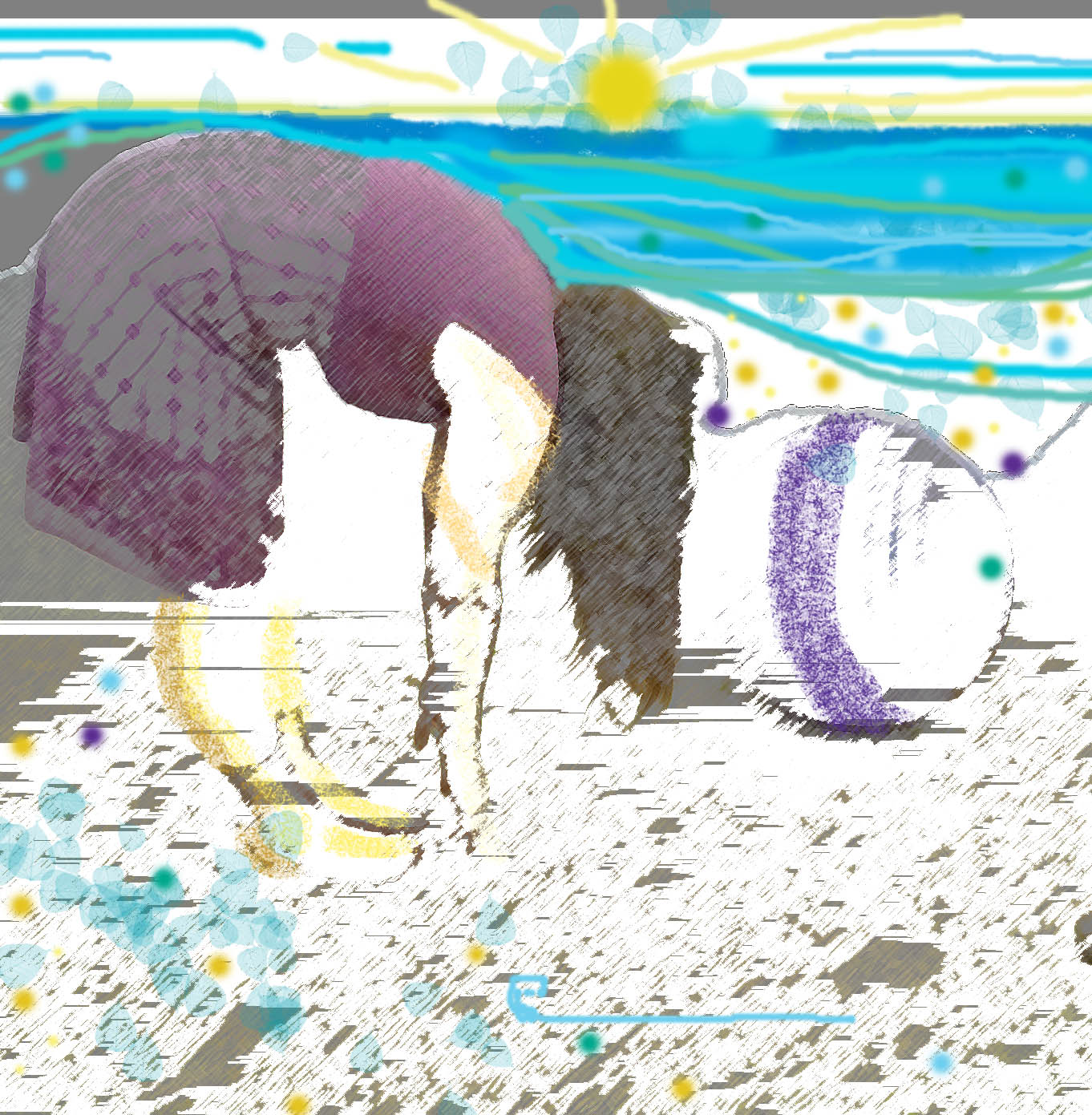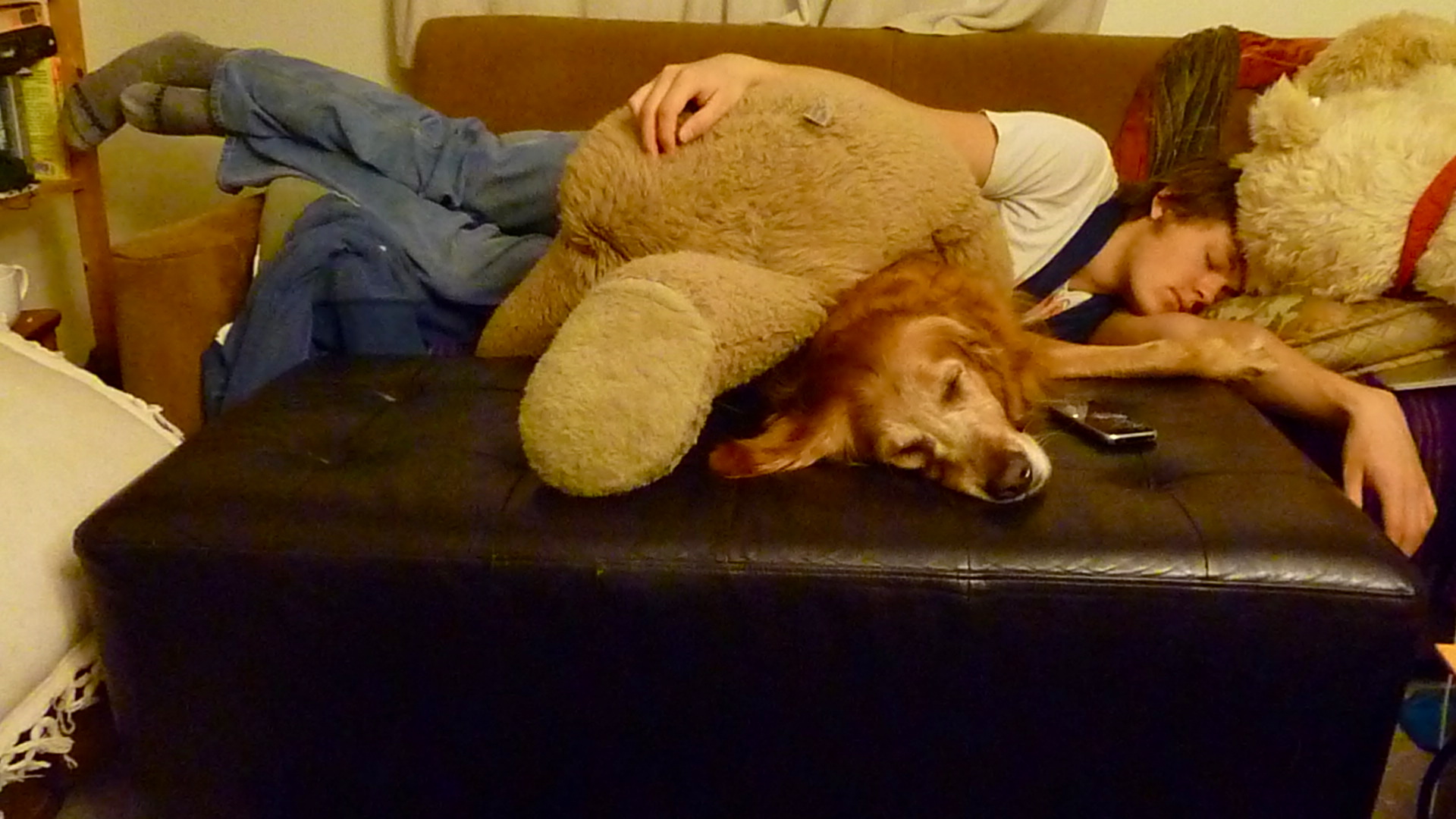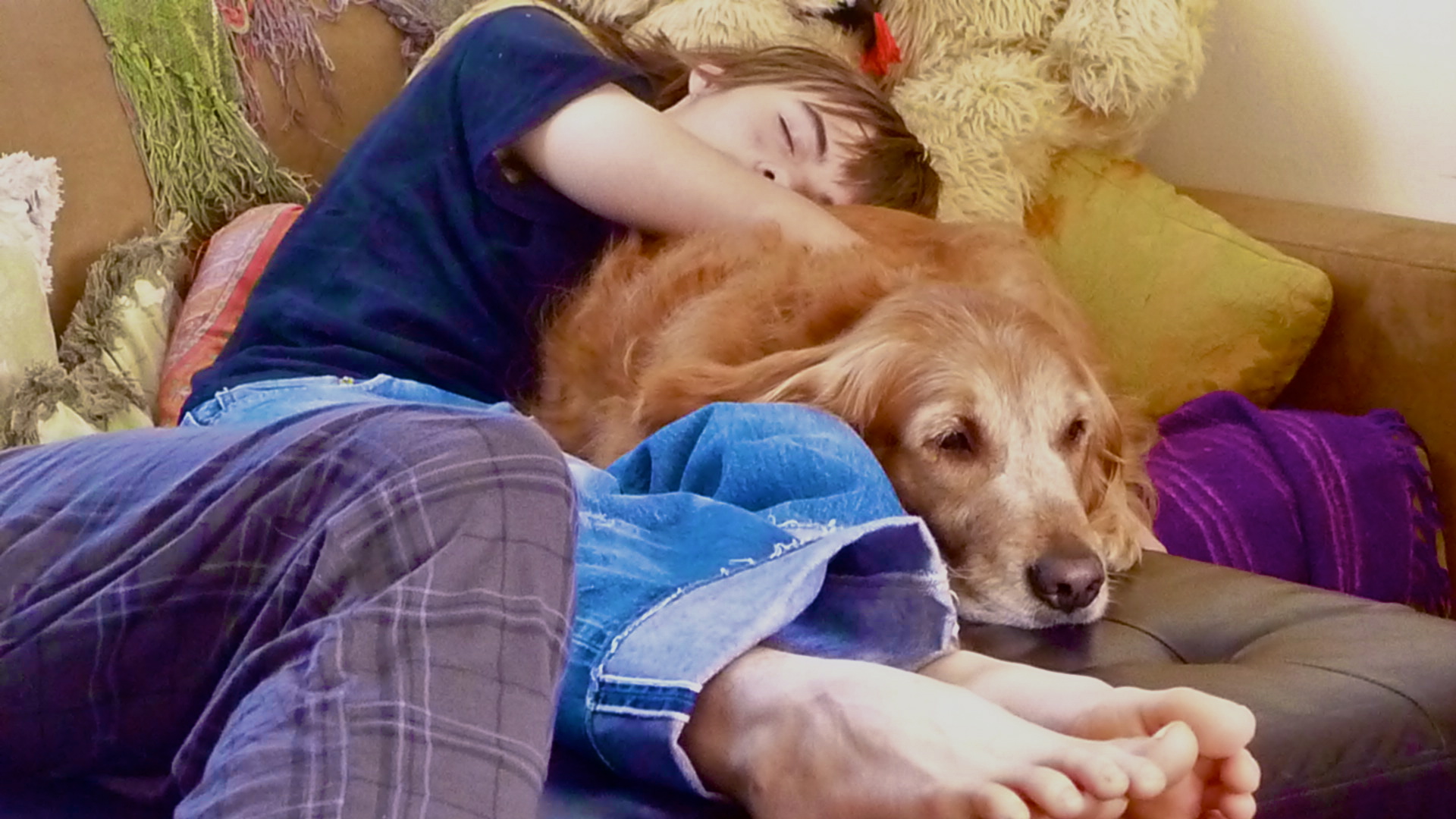The Age Old Debate by JStill
“Old age is mostly genetics according to latest findings, but what condition one arrives to old age is the difference between thankful for your genetics or very sorry,” I imagine telling my offspring. No, that is not going to come across …gently. How to say it? “Having the genes for living long does not infer enjoying the late years…” Blek! Why would they listen? What has this bug under my skin now anyway? Long and short of it is that I have been living 24/7 with a 92 year old for the last four and a half months… and this has been a very sobering experience.
Here is the scoop: I am a medical provider by trade and formal education, a holistic advocate and educator by cultural tradition, and a conscientious survivor of a number of serious illnesses, conditions, and injuries. Life has dealt me a curious set of circumstances, continuously! And my nature is to discover gems at the bottom of every challenge. I utilize these gems to live a more centered and purposeful life. If you are reading this, you are likely aware that I share my lessons, and the lessons of others, with folks because I remember how rare to easily find solutions.
Since I arrived at my current residence, there has been little time for peaceful rest because the fact that this family matriarch is alive is nothing short of a miracle. The house was a tumble due to her diminishing vision and motor skills; plus, typical in our so-called modern society, the house was loaded with useless gadgets that became either: directly dangerous once vision and strength left, or indirectly dangerous being underfoot collecting dust and dust’s companions of bacteria, fungi, mites et al. Over time, a house requires maintenance, which left undone, builds into bigger redo projects. This clear work-to-do, on top of her physical condition continuing to play havoc unpredictably each day, and you have the makings of a full time job. Stir in the natural emotional concerns of going through this kind of challenge for a 92 year old. And, of course, throw in all the daily paperwork and accounting of living in a modern world that not only requires vision but also begs alert and organized attention unworried by the stress of one’s body, oh-so-slowly, falling to pieces.
My subject keeps saying, “How do you think I made it 92 years?” when confronted with more change. Many changes to her home and lifestyle are very necessary. At first, I agreed that she had done well to get so far along. Over time, refreshing my knowledge base with the current research findings and conclusions, I began to ponder the picture from a bigger view (see References below). Thoughts like, how did she make 92 years in such a state?! How is she still walking? Finding a new surprise in some forgotten task or left undone chore, playing out all that could have befallen her had help not arrived; I began to understand that her longevity has little to do with her lifelong lifestyle choices.
In 2015, living 92 years means living through the rise and fall of pharmaceutical fads. For example, in the 1960s barbituates and anxiolytics became popular and touted as safe. Hypnotics and sedatives made a big wave to the delight of the newly fast-paced baby boomers…who needs to culture sleep? …just take a sleeping pill, magic! Anxious or stressed? …there’s a pill for that, too! Who needs to contemplate their lifestyle choices? …modern medicine has a magic pill for everything. “Just keep on trucking…” one of the many silly sayings of the time that encouraged pushing the limits of one’s physical boundaries. Today, research reveals that long term use of hypnotics not only reduces one’s innate ability to induce sleep…ever again, but in time leads to dementia (see References below). Maybe what I should say to my children is what comes to mind, in reaction to the thought of spending the last few decades of my inherited long life genetics….. “If I am going to be alive in this body, I would at least like to be capable of enjoying it! I would at least like to be cognizant that I am alive!! And I would really be happy to not require my offspring having to take time out of their life plans to take care of my every physical need…. I would want to be capable of autonomy.”
How to get to that high reaching goal comes back to where I always land with every life challenge: conscious lifestyle choices (see Resources below). Recognizing the effect, long and short term, of the many options in this current world, and carefully crafting a personal balance, is an ongoing lifestyle decision for me. The current experience now serves as even more weight in this center stage for self-education and conscientious practice/experimentation/play with what works for my body. Each one of us is a unique combination of genetics, environment, experiences, and character. There are no pat answers to a given diagnosis or condition or personal crisis. But we can start with renewing our goal to pursue happiness consciously and follow that lead to discover our unique form of balance.
¬¬¬¬¬¬¬¬¬¬¬¬¬¬¬¬¬¬¬¬¬¬¬¬¬¬¬¬¬¬¬¬¬¬¬¬¬¬¬¬¬¬¬
Resources – Try these options or similar to prepare for your own aging
- http://www.foodforthebrain.org/ A great resource for the latest practices based on research written for the “patient on the beat/street”…You. One of the best gifts of this website is a Cognitive Function Test that the site stores for you and reminds you to retake annually. This is one of my favorite sites for updating my patients, friends, and loved ones.
- “Do you want to add years to your life? Or life to your years?” asks the American Heart Association astutely. The one page link : http://www.heart.org/HEARTORG/GettingHealthy/PhysicalActivity/FitnessBasics/Physical-activity-improves-quality-of-life_UCM_307977_Article.jsp provides a quick look at the simplicity and benefits of adding ten minute exercise breaks to your daily routine to dramatically improve the quality of your years!
- Another idea in the non-pharmacological (and therefore, simpler) category are widening your alternatives. Yoga is a gentle no pressure method gaining more popularity even among conventional medicine advocates. In this link: http://www.ncbi.nlm.nih.gov/pmc/articles/PMC3193654/ I have copied a recent formal study that the International Journal of Yoga shared on “Exploring the therapeutic effects of yoga and its ability to increase quality of life” (the study review is not very long). If you have not tried yoga and/or you believe it is for the graceful or otherwise limber folk only, think again. Yoga has always been for every body type.
- Everything truly is linked…Not to harp on that now notorious topic: obesity, yet those few extra pounds you are carrying will have a similar type of wear-n-tear on your body’s ability to cope with old age. Try these ideas to get your engines "on" again ... the Obesity Action Coalition offeres free education and resources - http://www.obesityaction.org ; Strategies to Overcome and Prevent Obesity - http://www.stopobesityalliance.org Remember too, please, that healthy habits remain steady when encouraged and supported from a young age; these articles will give you some helpful tips for doing the best to prevent obesity in your children: http://win.niddk.nih.gov/publications/over_child.htm & https://www.health.ny.gov/prevention/nutrition/resources/obparnts.htm
- Stress and sleep, the connection is obvious, one impacts the other round and round. The websites and the reams of patient fact sheets available on how to get a better night’s sleep sound pretty much the same. This link from Harvard Health goes a touch deeper in explaining the whys and wherefores of supporting and engendering better quality sleep: http://www.helpguide.org/articles/sleep/how-to-sleep-better.htm And from the same Harvard Health website, here are self-help tips to master your worry tendencies: http://www.helpguide.org/articles/anxiety/how-to-stop-worrying.htm
- Look into any stress reduction therapies to gift yourself, such as one or several of the many types of massage therapies; enjoy a pet - dog, cat, bird, whatever gives you a lift; relax with or get up and dance your heat out to music, live or recorded; just pausing to read a paragraph of your favorite novel or any passtime reading you prefer has been shown to reduce the production of adrenaline! Get the idea? take care of your smiles, hugs, and special moments...your way.
¬¬¬¬¬¬¬¬¬¬¬¬¬¬¬¬¬¬¬¬¬¬¬¬¬¬¬¬¬¬¬¬¬¬¬¬¬¬¬¬¬¬¬¬
References
Billioti de Gage, S., Begaud, B., Bazin, F., Verdoux, H., Dartigues, J., Perez, K., Kurth, T. & Pariente, A. (2012). Benzodiazepine use and risk of dementia: prospective population based study, from British Medical Journal, 345. Retrieved from: http://www.bmj.com/content/345/bmj.e6231
Chen P-L., Lee W-J., Sun W-Z., Oyang Y-J., Fuh J-L. (2012). Risk of dementia in patients with insomnia and long-term use of hypnotics: A population-based retrospective cohort study from PLoS ONE 7(11): e49113. Retrieved from: http://journals.plos.org/plosone/article?id=10.1371/journal.pone.0049113
Crimmins E., Preston S., Cohen B., (2011). Explaining Divergent Levels of Longevity in High-Income Countries from National Research Council (US) Panel on Understanding Divergent Trends in Longevity in High-Income Countries. Retrieved from the National Institute of Health (NIH) journal site at: http://www.ncbi.nlm.nih.gov/books/NBK62367/
Fergeson, J.M. (2001). SSRI antidepressant medications: Adverse effects and tolerability, from Journal of Clinical Psychiatry 3(1), 22-27. Retrieved from: http://www.ncbi.nlm.nih.gov/pmc/articles/PMC181155/
Gomez, M. ( 2014). Health warning about medications and Alzheimer’s disease, video from CBS New York. Retrieved from: http://launch.newsinc.com/share.html?trackingGroup=91002&siteSection=latimes_hom_non_sec&videoId=26688232
McMillan, J.M., Aitkin, E.A. & Holroyd-Leduc, J.M. (2013). Management of insomnia and long-term use of sedative-hypnotic drugs in older patients, from Canadian Medical Association Journal 185(17). Retrieved from: http://www.cmaj.ca/content/185/17/1499.full
Mehdi, T. (2012). Benzodiazepines revisited, from British Journal of Medical Practitioners 5(1), 501. Retrieved from: http://www.bjmp.org/content/benzodiazepines-revisited
Merz, B. (2014). Benzodiazepine use may raise risk of Alzheimer’s disease, from the Harvard Health Publications’ Harvard Health Blog at: http://www.health.harvard.edu/blog/benzodiazepine-use-may-raise-risk-alzheimers-disease-201409107397
¬¬¬¬¬¬¬¬¬¬¬¬¬¬¬¬¬¬¬¬¬¬¬¬¬¬¬¬¬¬¬¬¬¬¬¬¬¬¬¬¬¬¬¬
[More to follow on this article...there are many more resources and even more references! but perhaps an additional blog or two will suffice. Please contact me with questions you would love to discuss.]








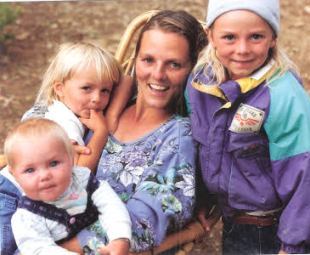

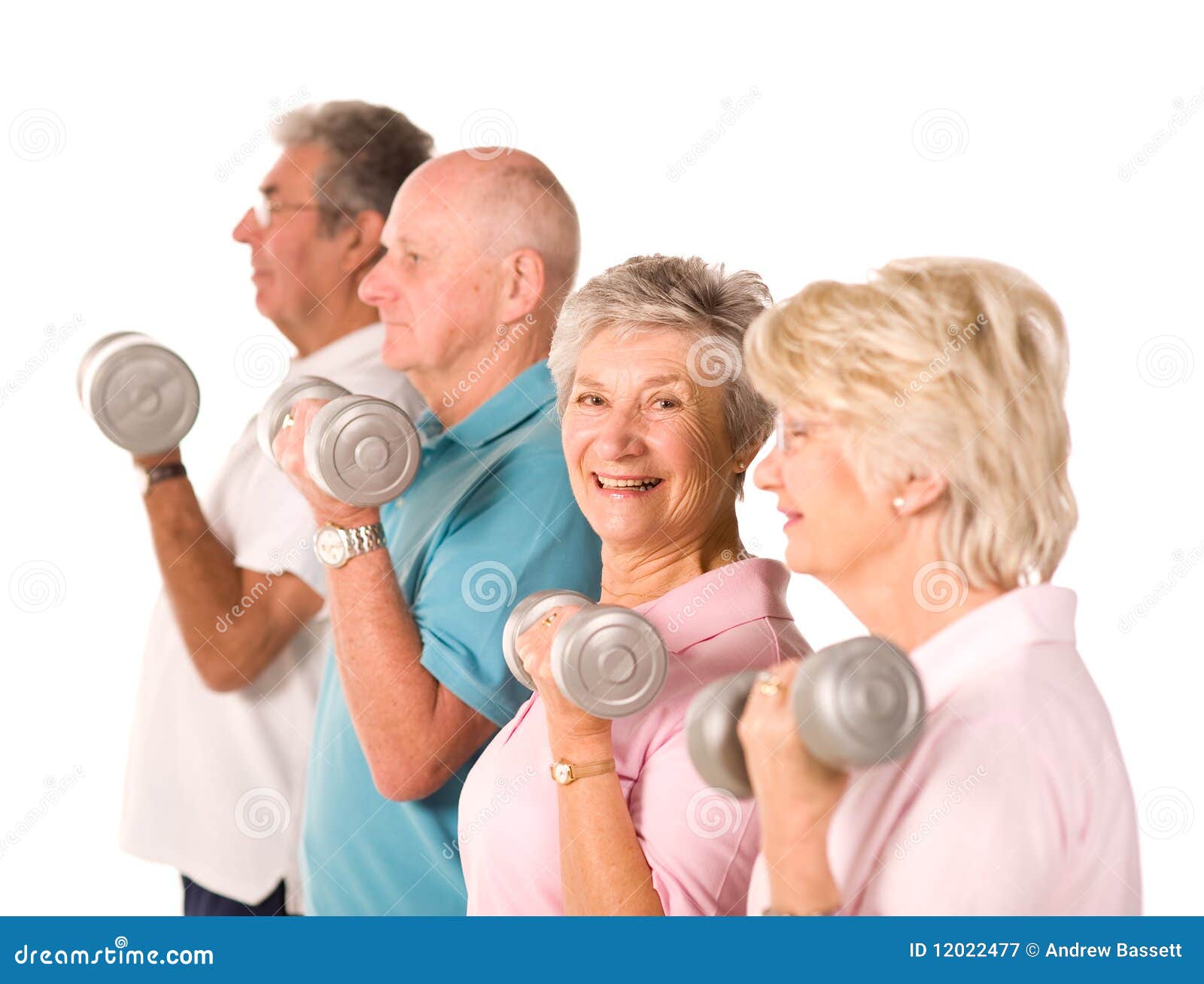
 Checking out "Lesson One and Assignments" on Wise Woman University:
Checking out "Lesson One and Assignments" on Wise Woman University: